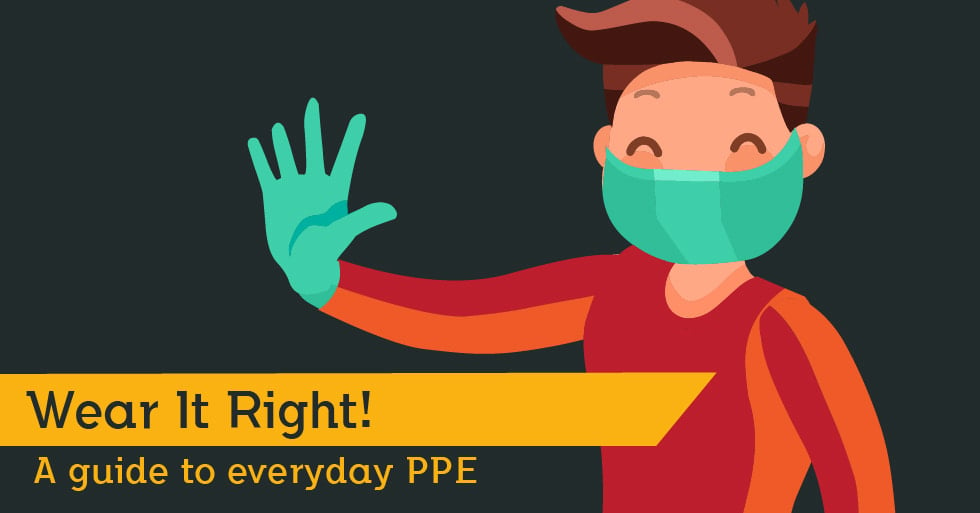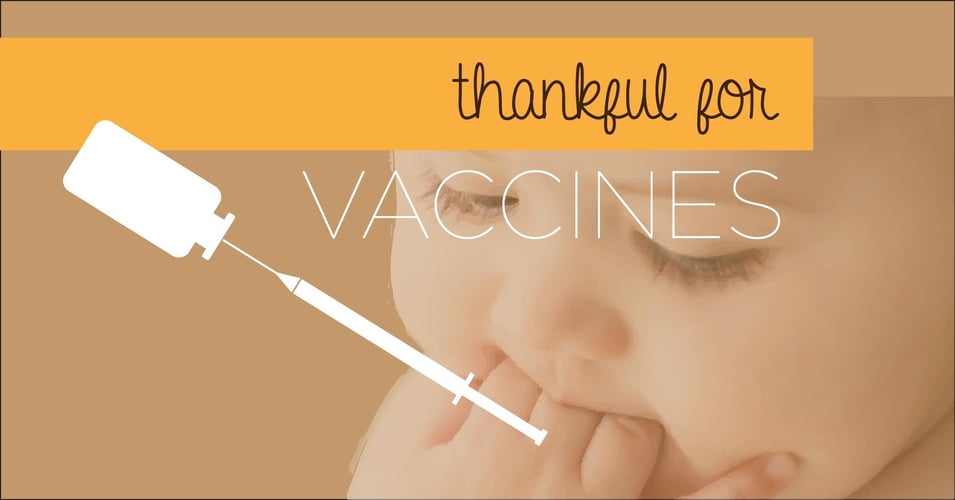Wear It Right! How to Wear Masks and Gloves

 These past few weeks we have been exploring what we can learn from infection preventionists as we navigate life during a pandemic. Especially now as more of us prepare to leave self-isolation and shelter-in-place, we need to learn from the experts how best to stay safe and keep others safe. In today's post, we'll look at the two types of major personal protective equipment (PPE) you may be using as you re-enter work, appointments, and recreation: Masks and gloves. At the end, you'll also find our infographic with visual representation of the different kinds of masks and the glove removal process.
These past few weeks we have been exploring what we can learn from infection preventionists as we navigate life during a pandemic. Especially now as more of us prepare to leave self-isolation and shelter-in-place, we need to learn from the experts how best to stay safe and keep others safe. In today's post, we'll look at the two types of major personal protective equipment (PPE) you may be using as you re-enter work, appointments, and recreation: Masks and gloves. At the end, you'll also find our infographic with visual representation of the different kinds of masks and the glove removal process.
The Centers for Disease Control (CDC) started recommending the use of a face mask in early April as a way to slow the spread of the virus causing COVID-19. Because many carriers are asymptomatic (they feel and exhibit no symptoms) while still contagious, it is important for us to all act as if we were infected, especially when out in public. Facial masks help trap aerosolized droplets that may contain the virus. To a lesser extent, they can protect us from inhaling aerosolized droplets we may encounter. Here are some tips on the safe and effective use of various types of face masks.
The general public should stick to surgical masks or homemade cotton masks. This means that N95 respirators, face shields, and other medical-grade masks are not necessary and should be reserved for medical professionals (since they are in short supply). Whether you have a supply of paper masks or make your own cotton mask, be sure to follow these guidelines:
Gloves may also be necessary, especially if you must handle items that have been touched by many others and no sanitizing wipes are available. This would include situations like using a gas pump, or handling items that may be contaminated. (Please note that food handling gloves do not afford the same level of protection as latex or medical-grade gloves.) Follow these important guidelines about glove use to get the maximum protection.
We hope this post has been a helpful reminder about how to safely use the PPE that may become a part of our daily life. Please access our infographic below for a visual explanation of the same material. Stay safe out there!
![EOScu Logo - Dark - Outlined [07182023]-01](https://blog.eoscu.com/hubfs/Eoscu_June2024/Images/EOScu%20Logo%20-%20Dark%20-%20Outlined%20%5B07182023%5D-01.svg)





